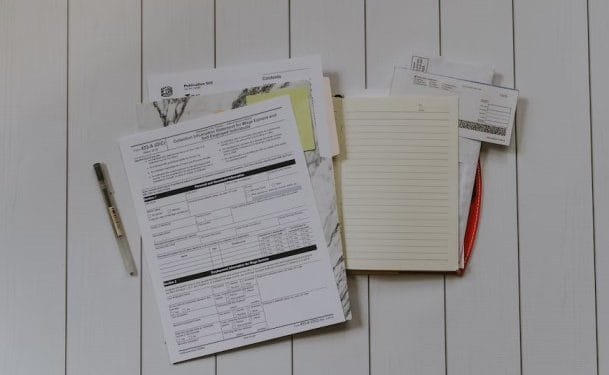If you’re a business owner in Singapore, you must understand GST. Every GST-registered company must file for GST return within a month after an accounting period. The tax was introduced in 1 April 1994 as part of government reforms to switch taxes from an income-based to a consumption-based system. It is levied on imported goods and most of the goods and services supplied in Singapore.
This article highlights all the essentials of filing GST Returns in Singapore in 2022.
What is GST?
GST stands for Goods and Services Tax, a consumption tax applied to all products and services in Singapore. The GST or value-added tax in Singapore is currently at 7%. When operating a GST-registered company, you must include GST in the price of goods and services and then pay the collected GST back to the IRAS.
Usually, the GST cost passes down to the consumer indirectly, with the business just serving as a middleman in collecting it on behalf of the IRAS. For example, if the product costs $1000, you charge your customer $1,070 with a 7% GST tax of $70, which is paid to the IRAS when filing GST tax.
Even though GST filling is a simple task, many businesses, particularly foreign entities, often find the process challenging. However, several agencies provide professional GST filing services for Singapore companies, ensuring seamless file returns.
The following part lists vital steps for businesses who still want to file GST return in Singapore themselves. you can also look out for more business related articles only on Skillmachine
GST registration
GST registration is required if a business’s taxable turnover or purchase of services from an overseas vendor exceeds $1 million. Register for GST prospectively if the business reasonably expects the tax return over the next 12 months to be over $1 million. Upon successful business registration, the next step is to file for GST returns at the end of the relevant accounting period. The filing process requires uploading several reforms and supplying specific details.
The filing frequency depends on your company’s accounting period, which is mostly one full calendar year. Even when the business has no revenue for the accounting period under review, it still needs to file nil return GST.
GST filing forms
During filing GST returns, you must complete a form with information about the company’s sales, exports, and purchases from companies registered for GST. There are several statutory forms to fill out and return during the GST filing.
Filing GST returns in Singapore
Every company registered for GST in Singapore must submit returns related to this tax. The document contains details regarding sales, purchases, and input and output taxes. You then pay the resulting tax liabilities to the IRAS. You must file the GST return according to the company’s accounting period, which can be monthly or quarterly.
If it’s your first-time filing GST returns, the first step is to secure authorization from the Corppass account of the GST-registered business. Without this authorization, you cannot proceed with the filing. However, you won’t need this process if you have been filing before and already have secured permission.
Here is a step-by-step guide on filing GST returns in Singapore.
Step 1
Once you have access to Corppass, you will need to upload supporting documents. Every document you upload should be ready and in electronic form.
Step 2
With your Corppass ID and password, log into the ‘Business Tax Matters portal and get your company’s GST return. After logging in, you will get an OTP to your phone number linked to your account.
Step 3
To file the GST return, click the “GST” tab from the options in the drop-down menu and choose to file a GST return. You’ll be taken to the homepage when you perform the return filing. Only submit the GST F5 form during returns if you’ve provided the correct information. You can also save the ongoing registration as a draft and use it to guide against any data loss.
Step 4
After submitting, an acknowledgment screen will confirm that your return has been sent to the IRAS. This message will have your acknowledgment number so you can keep a copy for reference. Ensure you send the payment to the IRAS by the date specified.
When filing returns, you must provide information on the GST collected by the end of the accounting period while also mentioning the amount claimed for the respective period. Moreover, ensure you file the GST returns within 30 days after the business quarter, even if no taxes are due. If you file your returns late, you can expect a penalty.
You can file GST returns one day after day end of the accounting period at the latest. Today, filing GST returns electronically with IRAS is also possible. The IRAS website indicates your sales, exports, and purchases from GST-registered entities, GST collected, and GST claimed.
Bottom line
If you conduct any business or run a company in Singapore, you should know how to file for a GST return. Even if you don’t charge your customers any GST, you still have to report and pay GST on your past sales. Failing to file a GST return can have penalties. An appropriate authority may charge you a penalty amounting to $10000 and 10% of the GST you owe. They could also change the date you registered to when you become legally required to register.

















































